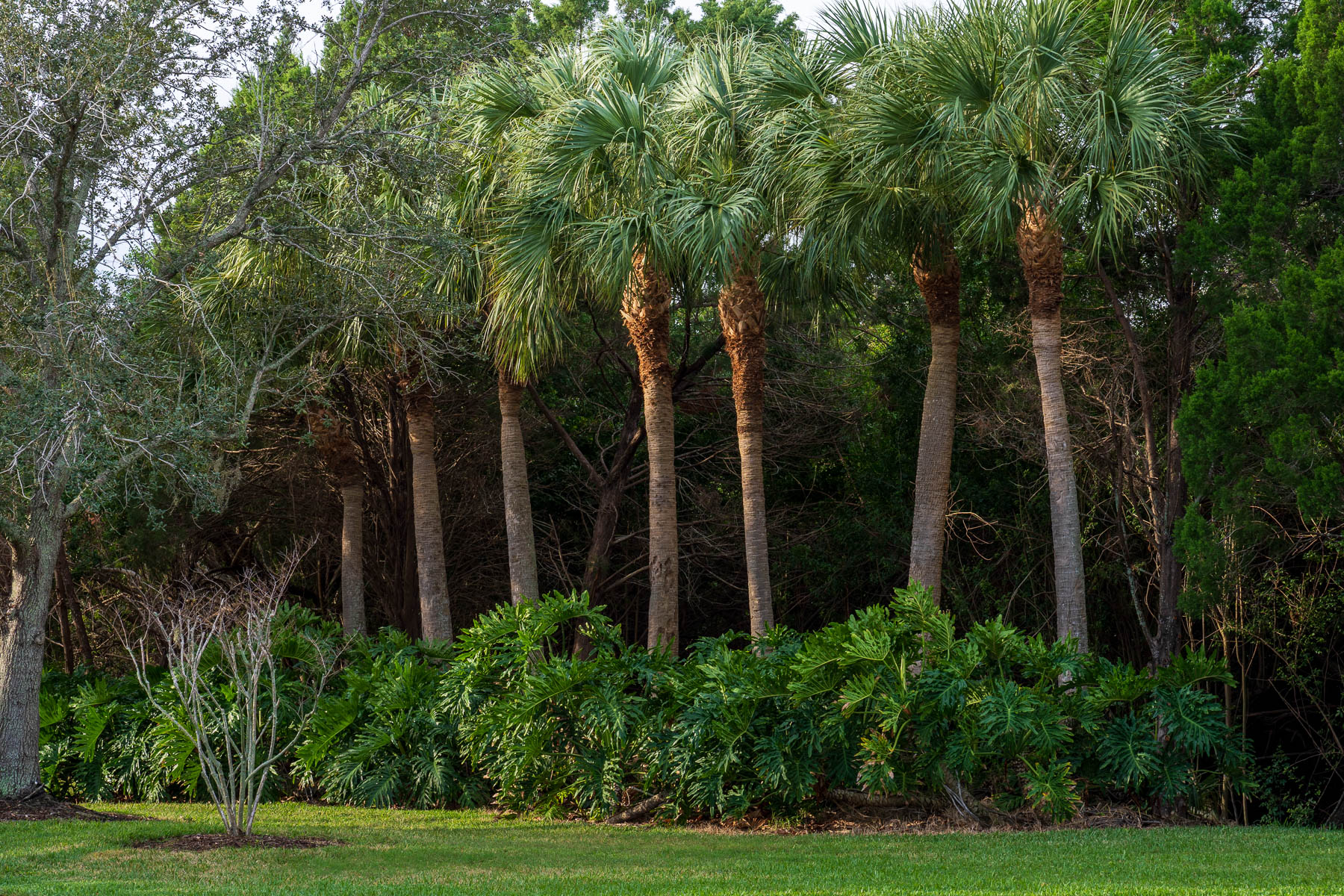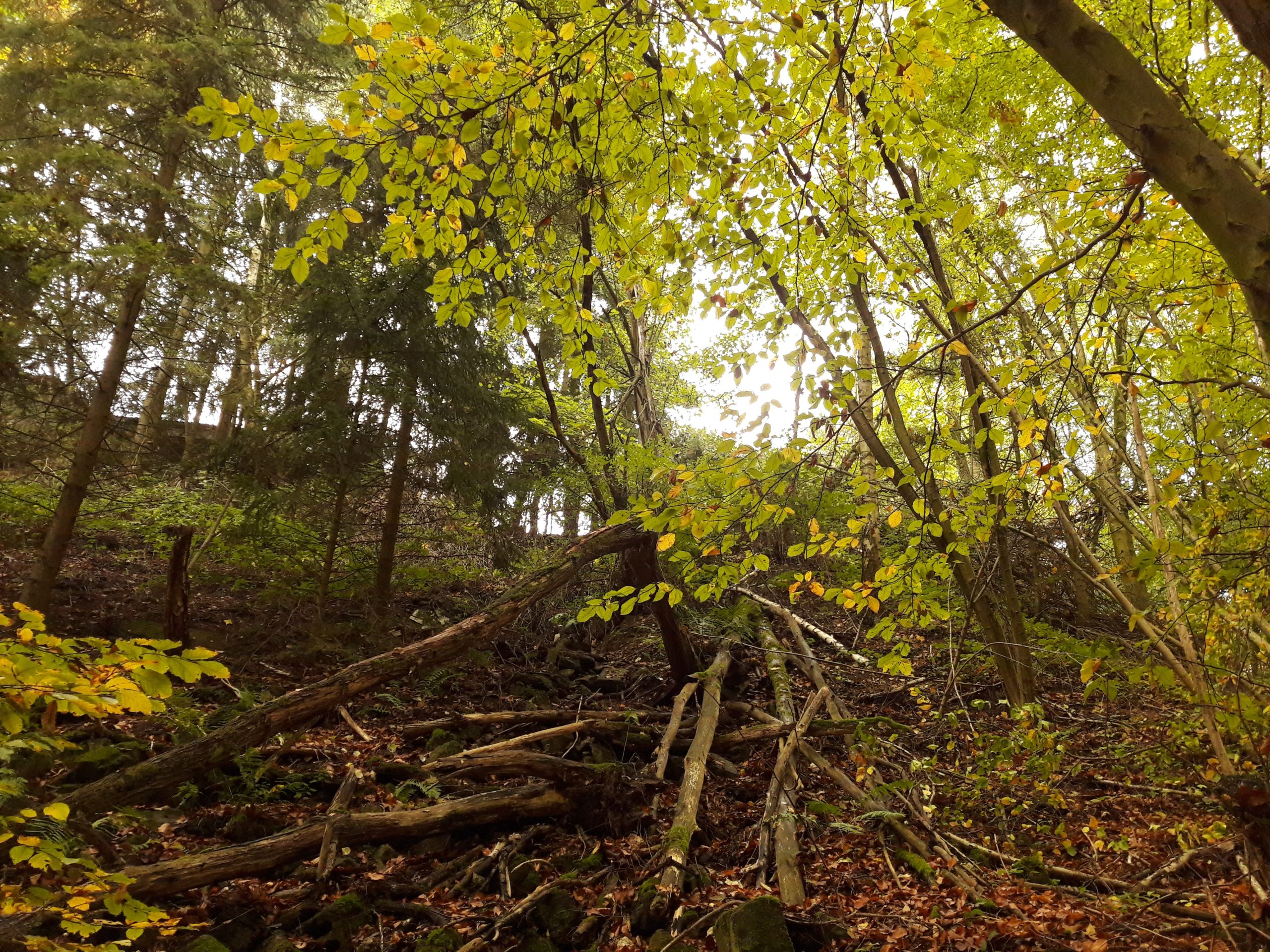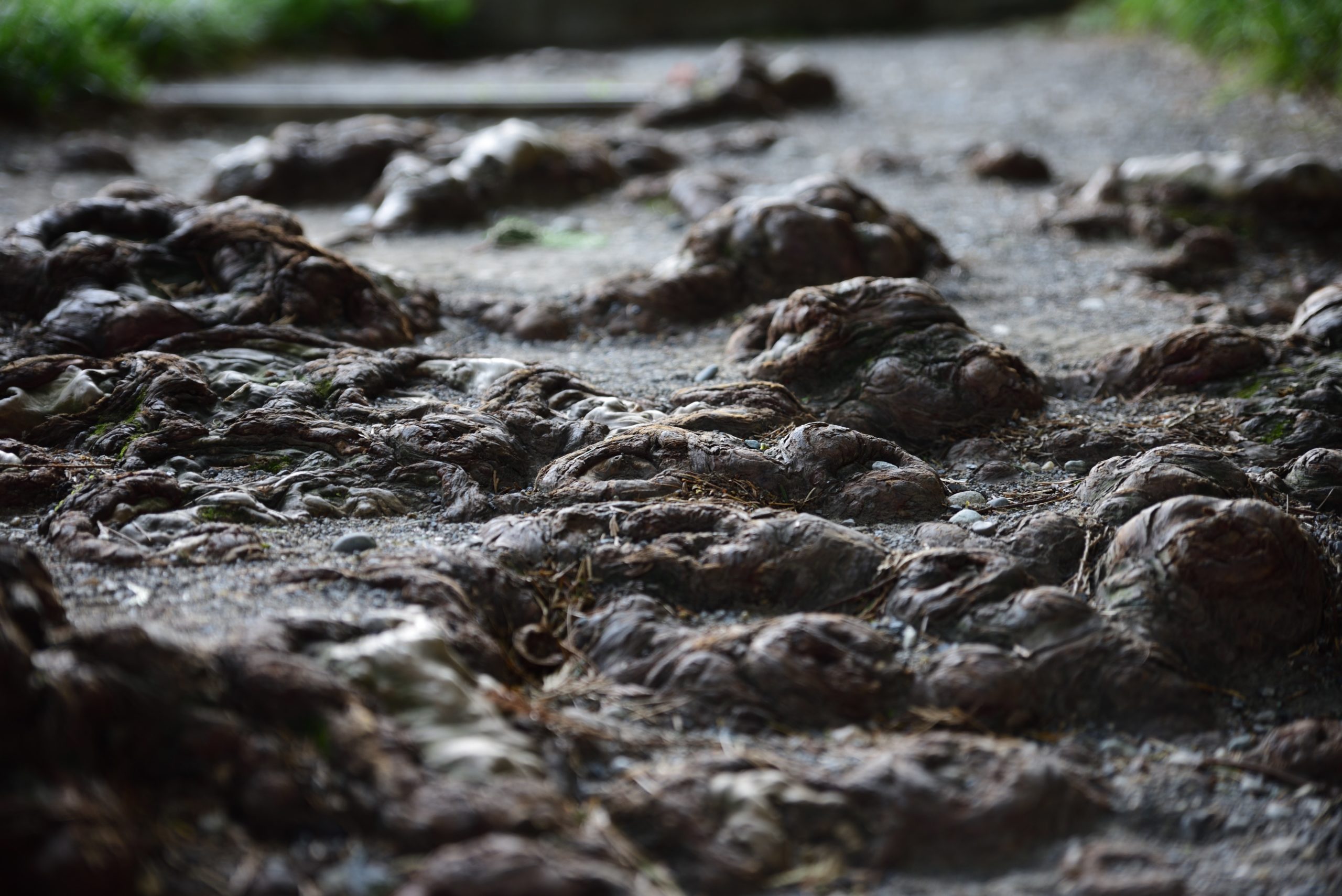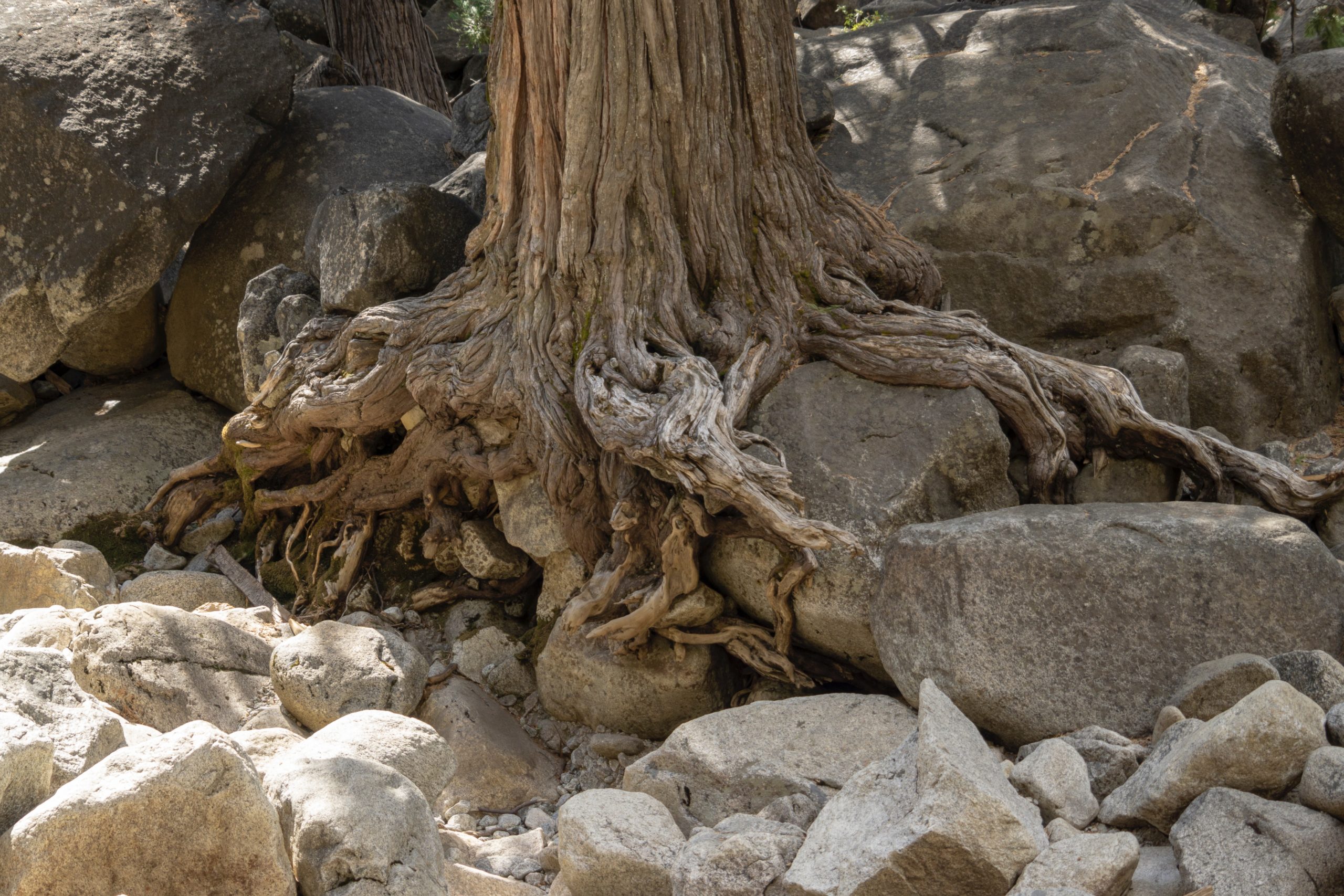
Getting to the Root of the Problem: What to Do When Tree Roots Become Dangerous
 Michael Tomaino
Michael Tomaino
Getting to the Root of the Problem: What to Do When Tree Roots Become Dangerous
If this was a scary movie (and not a blog post), this is the part where the menacing music would start to slowly pipe in, making you look behind you,
Why? Because we’re talking about something truly terrifying, wholly creepy, and suspiciously spooky—especially for commercial businesses.
That’s right, we’re talking about exposed tree roots and how dangerous they can easily become when left unmanaged or totally ignored.
Look, we get it—you’re running a business and your landscape isn’t your no. 1 priority. That makes total sense. But when it comes to the safety of your guests (and, trust us, exposed tree roots can be a huge hazard!), that should be your no. 1 priority.
So, sure, ignore your flower beds for a bit. Don’t mulch as frequently. Let the season pass you by without swapping out plants. We can forgive all of that (and we’re sure your customers can, too, to some degree). But when it comes to the safety of those who visit your property, that’s not something we can let you ignore.
(PS. If you want to ignore all those other tasks we talked about while maintaining a solid landscape, we should talk—we can handle all of that and more for you!)
Contrary to how we started this blog post, we’re truly not in this to freak you out—but we are terribly dedicated to the idea of informing you and educating you so you can avoid making pricy, dangerous, and unfortunate errors (especially when it comes to the well-being of your guests).

What to Do When Tree Roots Become a Problem
Why are Exposed Tree Roots an Issue At All?
First things first, let’s have a teeny-tiny chat about why exposed tree roots are an issue in the first place. And trust us, this goes deeper than just being an aesthetic issue.
Primarily, exposed tree roots can be incredibly dangerous—especially if you’re a commercial business. If you have people walking back and forth through your landscape, the odds of someone tripping and hurting themselves on those tree roots is exponentially high.
As a person, you don’t want someone to get hurt. As a business, you really don’t want someone getting hurt on your property. The last thing you want is a reason to exercise your liability insurance policy, right?
Further, though, exposed tree roots can be a sign of trouble for your trees. When they’re exposed, it’s far easier for your trees to be damaged. Think about it, with roots above the ground, they’re able to be sliced through by lawnmowers, worn down by foot traffic, and probably damaged by animals, too.
Damaged tree roots can’t do their job of bringing water and nutrients correctly, which means you’re likely going to be dealing with some sick-looking (or actually sick) trees in the future.
What Causes Exposed Tree Roots, Anyway?
If you’re reading this blog and thinking something like, “wait a minute—aren’t tree roots supposed to be underground,” know that you’re spot-on. Tree roots normally grow about 12-20 inches below the top of the soil (the depth of these roots depends on a ton of factors). Typically, they’re supposed to spread by width, stretching below the soil and rooting the tree. Sometimes, though, those roots surface.
Typically, this is caused by things like:
- Trampled tree root zones, packed-down soil
- Limited space for underground roots. If a tree’s roots get deflected by something, the roots are forced to grow in another direction, and sometimes that direction is up
- Erosion from rain, wind, and runoff

How to Fix the Root Problem
Just like with any landscaping issue (or life issue, but let’s not get too deep—this is just a landscaping blog, after all), there are plenty of dos and don’ts when it comes to handling the problem.
Our advice? If you’re looking to squash your tree root problem, handily follow our list of DOs below and be wise about avoiding our list of DON’Ts. If you tackle your tree root issue with these tips in mind, you’ll be on your way to rebooting your tree’s health (and protecting your customers) in no time!
DO Spread Mulch Over the Roots
This is a super easy, super doable option (and is, of course, DIY accessible). Adding a thick layer of mulch (any kind of your choosing) can cushion and insulate the roots. So, not only will it cover the roots and allow pedestrians to walk over them without tripping, but it’ll also protect the roots, allowing them the chance to do their job without the risk of exposure. As an added bonus, you won’t need to worry about mowing the area when you add mulch!
DO Plant Ground Cover Over the Roots
Planting ground cover is also a viable option when it comes to protecting those tree roots—but it will take more time and effort than mulch. We recommend opting for a shade-loving ground cover to cover the base of the tree. You’ll need to be patient with the ground cover since it’ll take some time to establish, but it does offer a unique aesthetic if mulch isn’t your fave. Looking for some ground cover suggestions? Check out our piece right here on the best Florida ground cover for your landscape.
DO Inform People Who Use the Space
If you’re working on a solution for your exposed roots but haven’t yet solved the problem, we recommend putting up a sign warning your guests about your exposed tree roots. Not only can this save some serious skinned knees, but it can also ensure that you’re doing what you need to do to keep your customers safe.
DON’T Ignore the Problem
Pretending that the root issue will go away on its own simply won’t work—those roots aren’t going anywhere. Trust us. And unfortunately, they won’t be a real problem until they are. The last thing you want is an injury or expensive tree removal, right?
DON’T Cut Them Up or Remove Them
As tempting as it might be to extract or cut up those exposed roots, DON’T do it yourself. If you do, you’re likely to kill the tree by removing its ability to nurture itself. Further, you could make the tree unstable (and we don’t want an unstable tree in Florida—especially when it comes time for hurricane season, right?)

Are you ready to tackle your tree root problem head-on? We can help. No commercial space should feel nervous about the threat of tree roots—especially because oftentimes, they just show up without any fault of our own. If you want some real, tangible solutions to solve your tree root issues, Landcrafters has you covered. Reach out to us today for insight, quotes, and information—we’re happy to help you tackle your landscaping woes and dreams ASAP!
Reach out to us via our website (right here) or give us a call at (727)-201-3540. Love the insight this blog provided? We’ve got a whole archive full of advice and inspo you’ll love—and we’re adding to it every week! Check it out right here.

Michael Tomaino
Head Gardener for Landcrafters, Inc. Michael Tomaino, a cornerstone of Landcrafters since its inception, oversees all aspects of business operations with a wealth of experience. With years of adept team management and leadership under his belt, coupled with a robust educational background, both within and beyond the industry, Michael is dedicated to steering Landcrafters towards becoming the foremost landscape management provider in the Tampa Bay Area.
